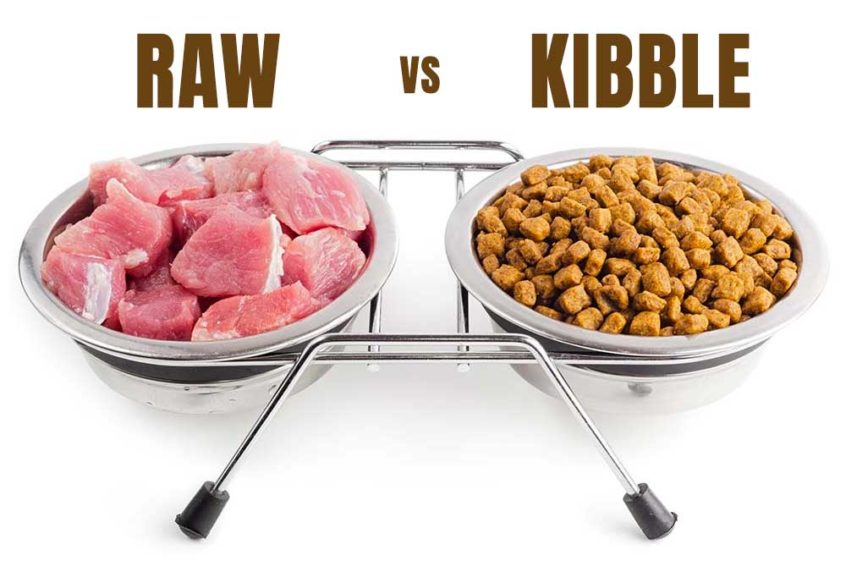Chapter 4: Additional Problems With Feeding Pets KibbleWritten by Dr. Karen Becker
Aside from poor-quality meats, byproducts and synthetic vitamins and minerals, most commercial dry pet foods are based on high-glycemic, genetically modified (GM) corn, wheat, rice or potato — grains and starches that have no place in your pet’s diet and create metabolically stressful insulin, glucagon and cortisol spikes throughout the day.
In fact, many grain-free dry foods have a higher glycemic index than regular pet foods due to excessive amounts of potatoes, peas, lentils or tapioca included in the formulas. Carbs also break down into sugar, which fuels degenerative conditions such as diabetes, obesity and cancer.
In the last 50 years we’ve learned the hard way that feeding biologically inappropriate diets (low-fat, high-carb diets that permeate the pet food industry) does not create health in dogs and cats. In fact, the amount of chronic inflammatory and degenerative diseases is epidemic, all relating to diet and lifestyle, in my opinion.
Further, low-quality proteins and fats (not fit for human consumption), when processed at high temperatures, create cancerous byproducts, like heterocyclic amines. It’s estimated that meat going into pet food undergoes at least four high-temperature cooking processes in an average bag of food, leaving the digestibility, absorbability and overall nutrient value highly questionable.
Most dogs and cats will thrive when given fresh, whole foods, which mimic their ancestral diet, but unfortunately, many must make do with entirely processed, largely inferior alternatives. Your pet may have adapted to this diet, but it’s a recipe for chronic disease.
The low moisture content of dry food is also problematic, especially for cats. Dry cat food provides only about one-tenth the amount of moisture cats receive from prey animals, living foods and even commercial canned diets, which puts significant stress on their kidneys and bladder.
Dogs also tend to become excessively thirsty when fed a dry food diet. The carb-heavy nature of dry food, along with the propensity for owners to feed more than their pet metabolically needs, is also a significant factor in rising rates of pet obesity.

